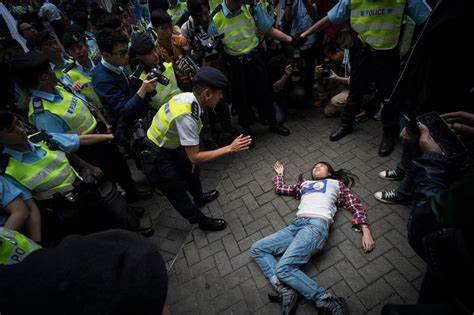Photojournalism is more important than ever in this digital world of fake news , photomontages and social networks, where it seems that anyone with a camera in hand is capable of guiding the opinion of many.
The rigor, ethics and informative will of press photography is essential to understand the events that surround us and develop a reliable, truthful and unmanipulated opinion of the facts.
The more images circulate, the more it seems that this profession is doomed to failure, the more important it is to trust photojournalists who give their all, sometimes their lives, in order to bring us the reality of the world in which we live.
Are you interested in knowing in depth what press photography is based on? keep up with me
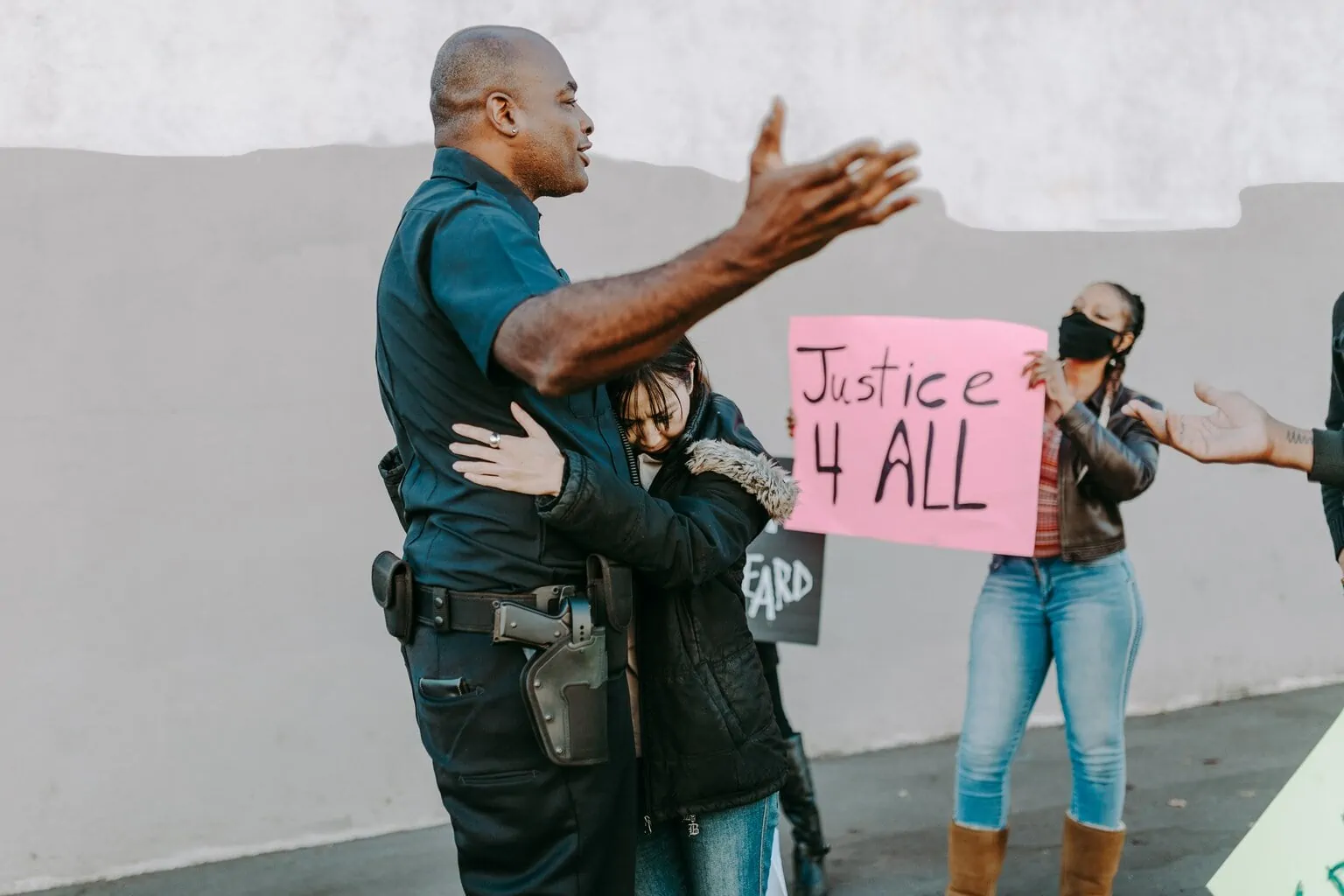
WHAT IS PHOTOJOURNALISM? DEFINITION
Photojournalism is a branch within journalism that seeks to communicate current events through photography. Journalists who are engaged in journalistic photography are known as photojournalists, photojournalists, photojournalists, or photojournalists.
CHARACTERISTICS OF PHOTOJOURNALISM
Journalistic photography is based on the following general characteristics:
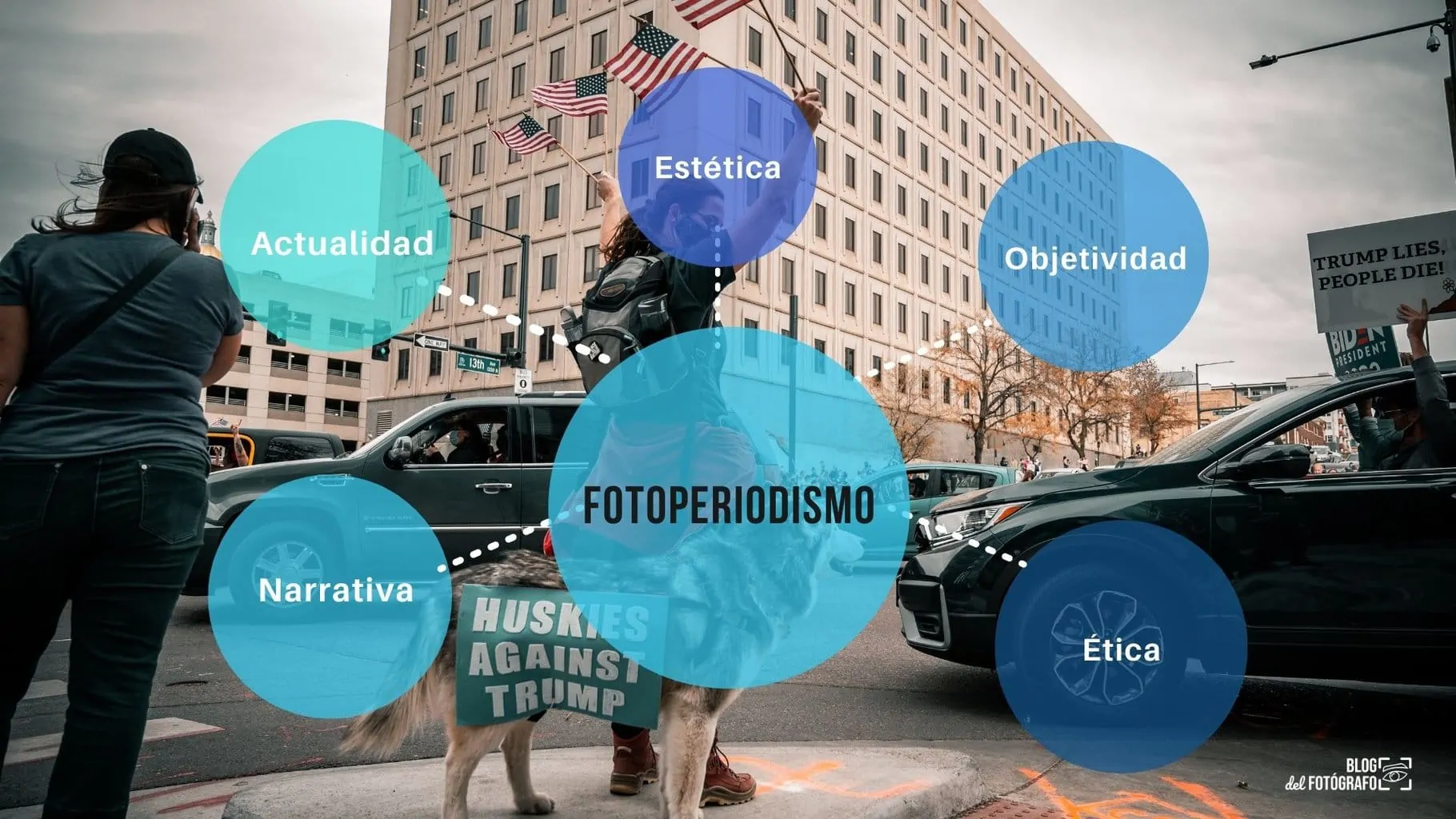
PRESENT
The image must represent a current and relevant moment and must be sufficiently identifiable.
OBJECTIVITY
Journalistic photography must be objective. The photojournalist must be able to put aside his opinion regarding the situation he is photographing and present it impartially, both in content and in tone.
NARRATIVE
The image must be understandable to viewers, that is, it must be able to explain in itself what is happening.
ESTHETIC
Journalistic photography must take care of the aesthetic part of the image: light, composition, creativity and technique are of vital importance, as for any other photographic discipline.
PHOTOJOURNALISTIC ETHICS
Journalistic ethics must fulfill the following purposes present in the journalist's code of ethics:
- Respect for the truth.
- Be open to fact-finding.
- Pursue objectivity even if it is known to be inaccessible.
- Contrast the data with as many journalistic sources as necessary.
- Differentiate clearly between information and opinion.
- Confront, when they exist, the versions of a fact.
- Respect for the presumption of innocence.
- Rectification of erroneous information*.
*Source: Wikipedia
TYPES OF PHOTOJOURNALISM
Depending on the purpose of the work in question, we can broadly distinguish the following types of journalism:
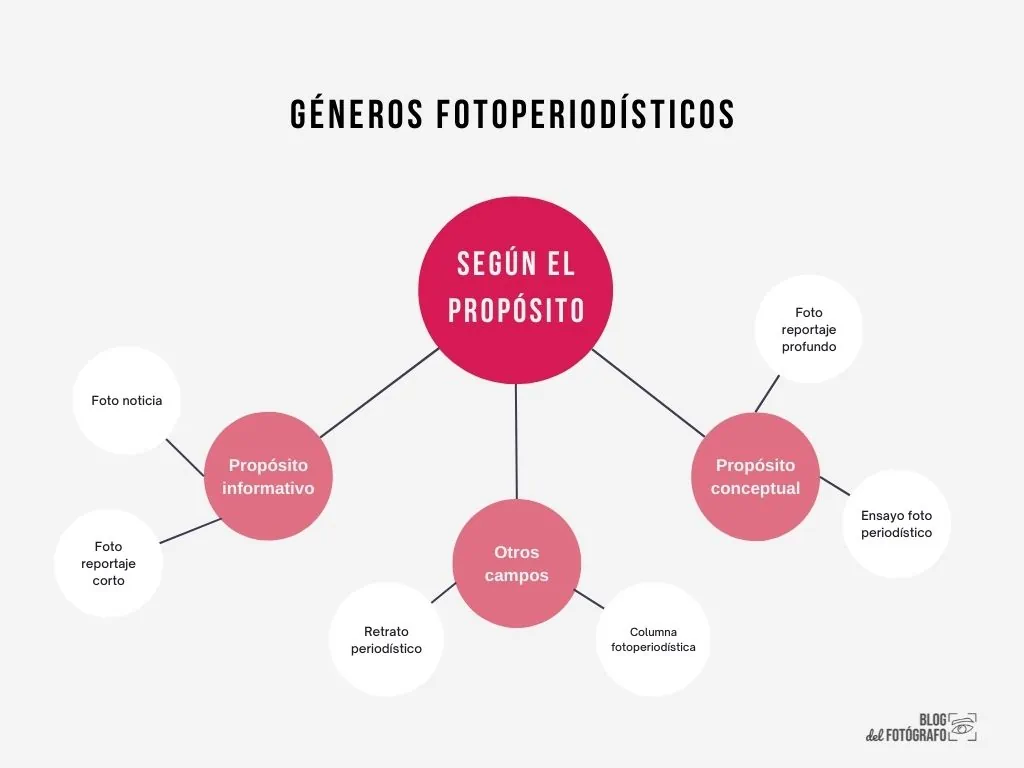
INFORMATIONAL PURPOSE
If the purpose of the image is informative, we can find two formats:
photo news
Photograph that makes news known with a defined ending, for example, a photo of the winner of an election at the moment of celebrating it.
Short photo report
Series of images on the same social theme with different narrative moments. For example, continuing with the theme of an election, it could be a follow-up of the candidate until election night and his victory or defeat.
PURPOSE OF OPINION
In this type of photojournalism, the opinion or point of view of the photographer is represented more intensely.
deep photo report
This photojournalistic genre is based on the narrative discourse of a subject treated in an exhaustive and detailed way. It does not have to be a topic of current informational characteristics, but rather it lasts over time.
The photographer interprets the story as an observer and exposes it in a descriptive way.
photojournalistic essay
It is the most subjective type of photojournalism (always within an objectivity). It is based on a set of photographs aimed at causing emotion to the viewer.
This definition of Tino SorianoI think it defines it perfectly:
When I photograph poverty I want to capture the anguish in the eyes, if I photograph sugar cane workers living as slaves I want the symbols of humanity and despair to be there. If I'm looking for a photo of someone who is happy I want an expression of pure joy, not a conventional smile for the camera. Even if it's a horse.
Tino Soriano
I recommend this debate entitled "photojournalism does not change the world, it reveals it" with Samuel Aranda, Pablo Tosco and Lali Cambra, where some of today's great photojournalists reflect on photojournalism.
TIPS TO GET INTO JOURNALISTIC PHOTOGRAPHY
- Know well what you are going to portray. Remember that your images have context, news and a story that must be told objectively.
- Go accredited as a press professional. If you are not yet, take some document that accredits you as a student, etc.
- Dominate your camera 100%. You must respond to all situations quickly and intuitively because this will continue to make it an extension of yourself and you will not need to think in order to focus on the action in front of you.
- The aesthetics of the image is a fundamental part of photojournalism.
- Mastery of composition, light and technique are basic for the narrative of an image.
- Objectivity above all: it is one of the keys to journalistic photography and what differentiates it from any other type of photography.
- Ethics: not everything goes to get a good photo.
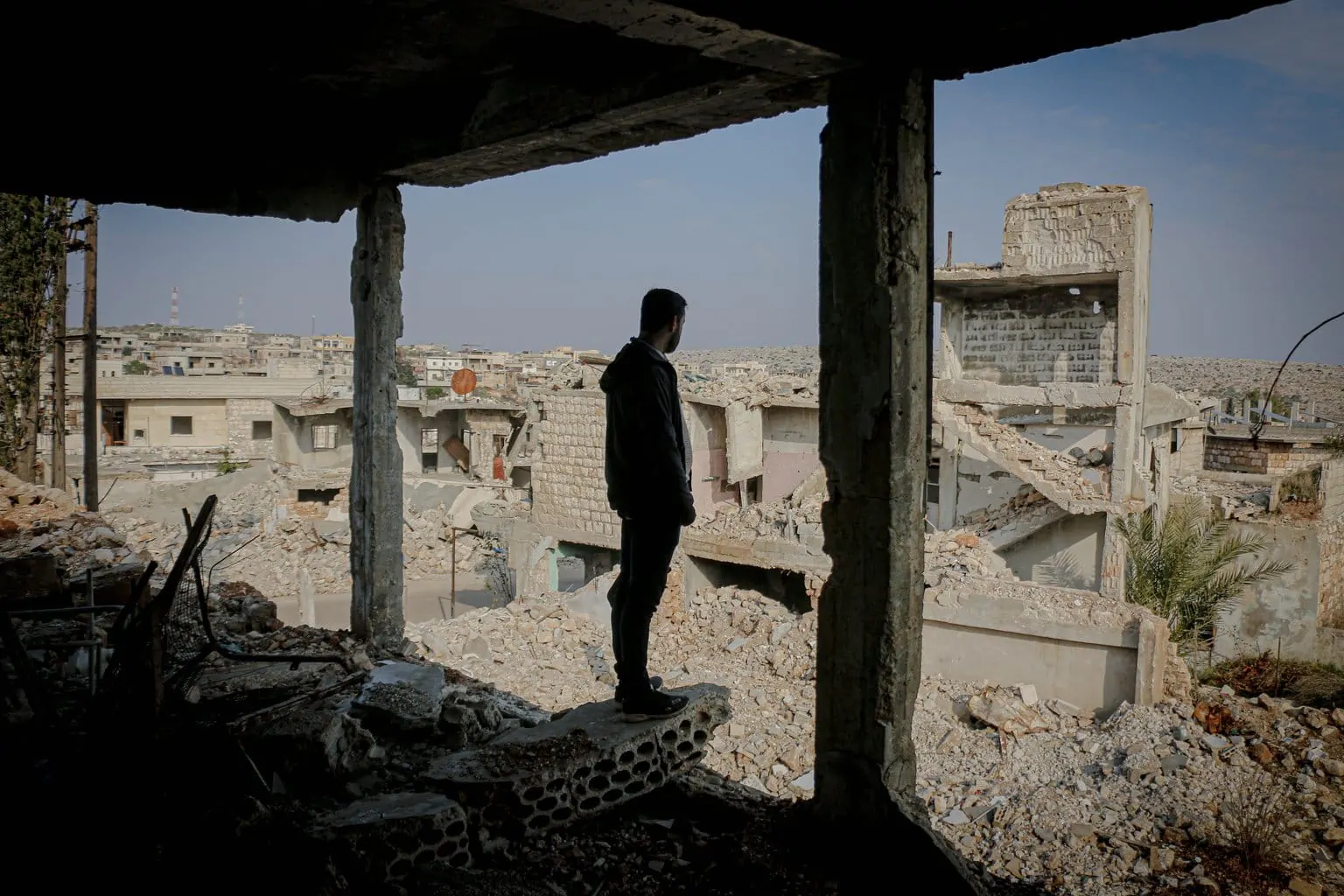
EQUIPMENT FOR PHOTOJOURNALISM
Within photojournalism you will find different genres, so the team will vary depending on the specialization. The photographic equipment that a conflict photojournalist needs is not the same as the one that a sports photojournalist may need.
Now, we can generalize and say, for example:
- As a general rule, they are used from angular to standard focal lengths, the most used being those that range from 24 to 35mm. These types of objectives allow us to focus attention on a point but at the same time introduce information from the context, which is very necessary to narrate a story.
- Some use prime lenses or zoom options like the 24-70mm f/2.8.
- They usually use Full Frame cameras.
- Some opt for professional SLR cameras, others go for mirrorless cameras and even telematics.
- They work with two camera bodies with different optics.
- Various memory cards.
- Various batteries.
- Notebook and pen to write down addresses.
- Extra battery for mobile.
- Comfortable shoes.
- Adequate and comfortable strap and backpack.
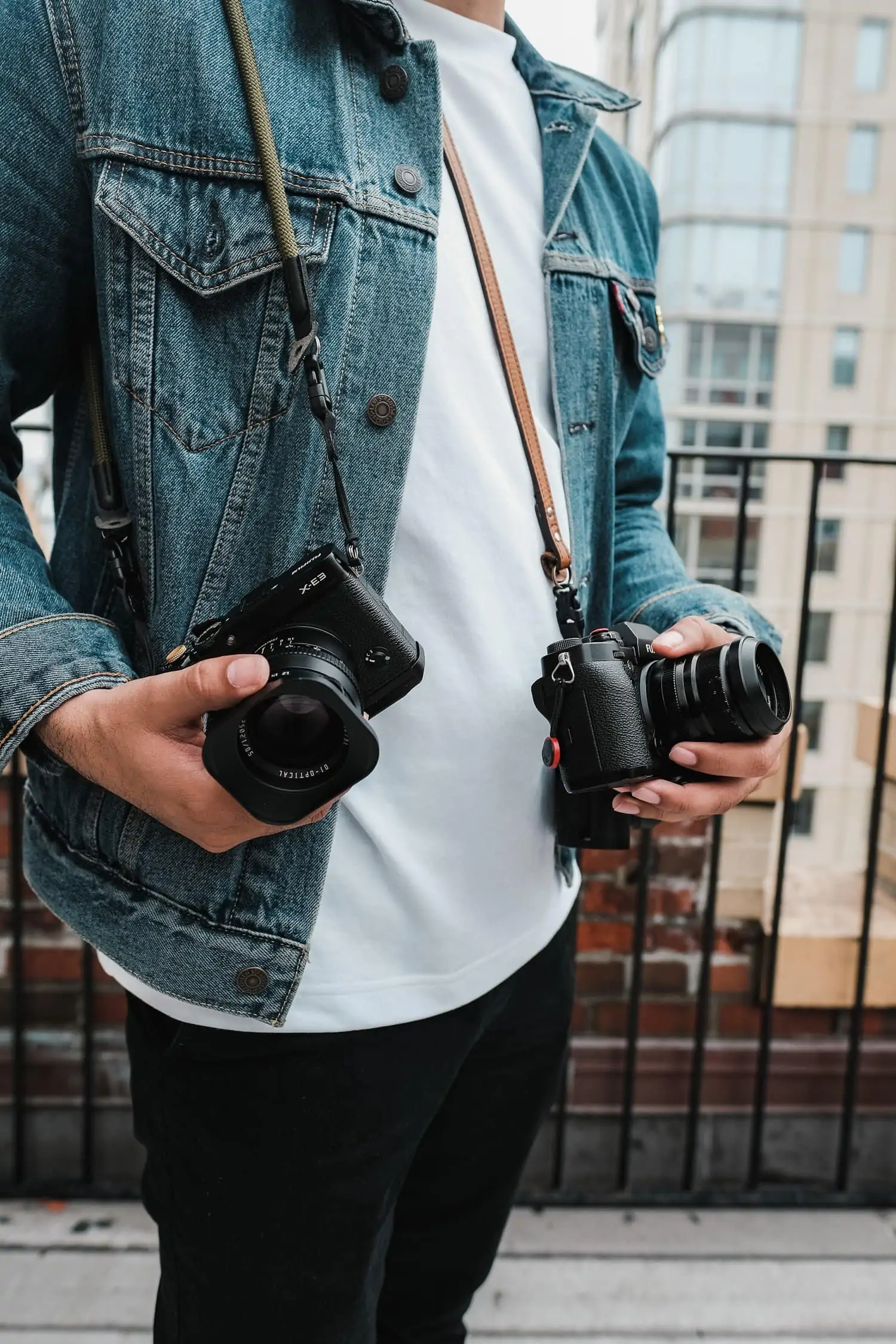
JOURNALISTIC PHOTOGRAPHY AND DOCUMENTARY PHOTOGRAPHY
Although, apparently, they could be first cousins, the truth is that they have differences, not in subject matter but in the way of approaching the subjects.
Documentary photography can treat the same reasons as photojournalism but it approaches them in a different way. They do not have to be of immediate relevance and the topics are dealt with in greater depth, since the documentary work extends over time.
You can see documentary photography works, for example by Cristina de Middel, Cristina Garcia Roderoor Sebastiao Salgado .
In journalistic photography, immediacy is one of the key elements, since the image must accompany events of absolute relevance. It can be an image or a set of images, but they must illustrate an event that is news at the time the image is produced.
STUDY PHOTOJOURNALISM
It is increasingly easier to find various photojournalism study formats, but these depend a lot on the country where you are. There are master's modalities in photojournalism, postgraduate degrees, or specializations within photography studies or within journalism studies.
I recommend that you dive on the internet to see the study options that you have near you and that you analyze them in depth before opting for one or the other.
PHOTOJOURNALISM AWARDS
Some of the most internationally renowned awards in the world of photojournalism are:
- Pulitzer Prize for Photography
- World press photo
- Visa d'Or Feature Award
- Robert Capa Gold Medal
PHOTOJOURNALISTS
Here are some photojournalists I follow so you can admire the work they do:
- samuel aranda
- Laurence Geai
- Matthew Abbott
- Lynsey Addario
- emilio morenatti
- Daniel Berehulak
- Veronique de Viguerie
- James Natchway
What do you think of this type of photography? Interesting, right?
I encourage you to follow a few photojournalists and analyze their images, it is impressive how, despite many difficult situations that surround them at the time of taking the photograph, they manage to combine beauty, technique and news in an almost magical.

